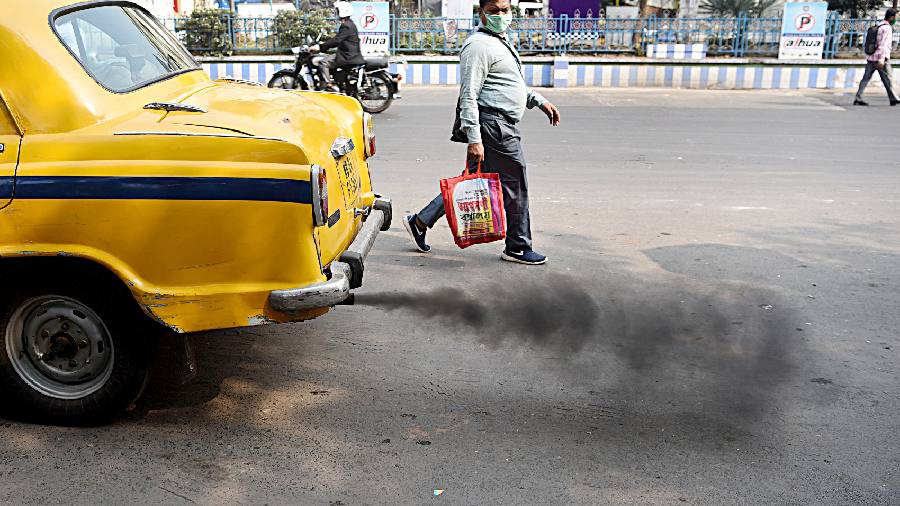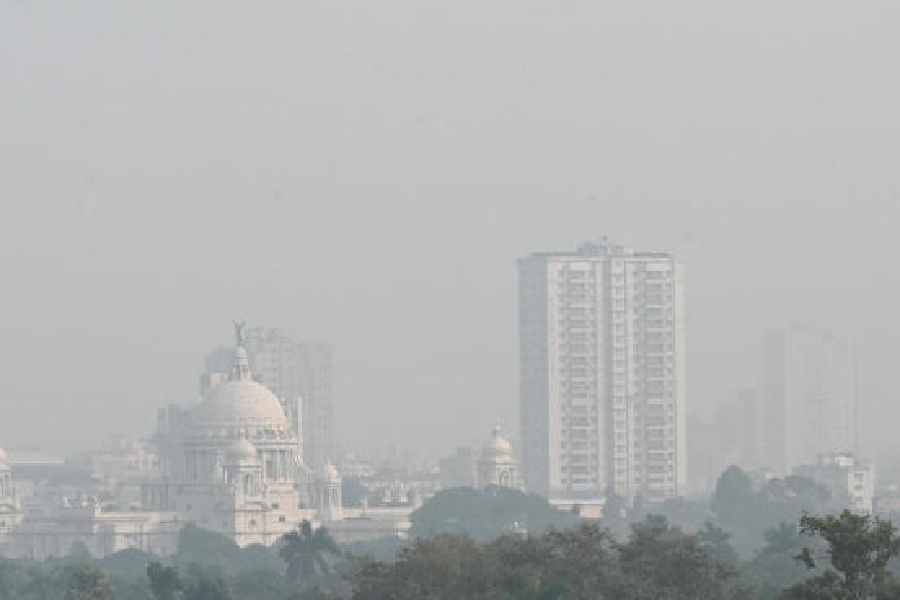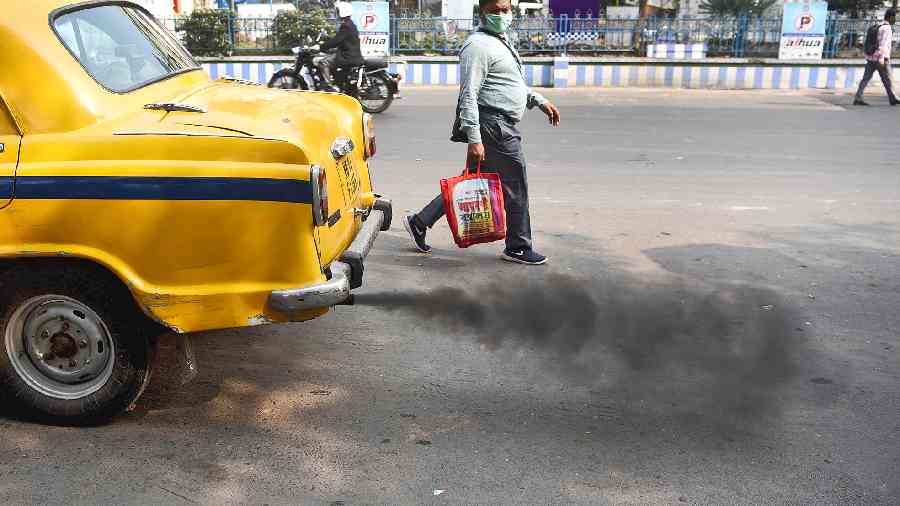A study released by environmental think tank Centre for Science and Environment (CSE) on Friday has revealed upsetting facts and figures about the National Clean Air Programme (NCAP), India’s much-vaunted flagship initiative to counter air pollution. It has turned into a merely dust control programme, spending more than Rs 10,000 crores so far, without much focus on containing pollution from key sources.
The report, titled National Clean Air Programme: An agenda for reform, has pointed out that only 0.61 per cent of the funds were used to contain industrial pollution, 12.63 per cent to contain vehicular pollution, and 14.51 per cent for biomass burning.
The report has also found that even in dust control, NCAP mainly aims to contain the coarser dust particles, PM 10 so far; and has much less focus to minimise ultrafine and most toxic PM 2.5 pollutants despite a spate of international reports pointing out that PM 2.5 is mostly responsible for air pollution-related deaths in the country, particularly in major metropolitan cities including Kolkata.
The report vindicates what many Kolkata-based environmentalists have been alleging for several years that NCAP has become mostly a water-sprinkling exercise in Kolkata and other cities of the state.
“While NCAP’s objectives and aims have always been commendable, we are finding that attention and investments under it are largely focused on dust control and not on emission-spewing combustion sources such as industries or vehicles,” said CSE director-general Sunita Narain at the launch of the report, opining that “a balanced approach to funding is critical for effective impact”.
Funds up in dust
The report shows that while 64 per cent of funds under NCAP and 15th Finance Commission were spent on road dust mitigation, much less was allocated for controlling emissions from combustion sources such as industries, vehicles and biomass burning.
NCAP, the first-ever national effort to set clean air targets for 131 designated polluted cities, was launched by the Union ministry of environment, forest & climate change (MoEF&CC) in January 2019, with the aim of reducing particulate pollution by up to 40 per cent by 2025-26 from the base year of 2019-20.
So far, 131 cities have received Rs 10,566 crore out of which Rs 6,806.15 crore, which translates to 64 per cent of the released funds, was utilised till May 3, 2024, to combat road dust mitigation.
NCAP blind eye to PM 2.5
A recent report in The Lancet covering 10 major cities in India pointed out that there were 4,678 deaths in average within Kolkata in 2008-2019 due to short-term exposure to PM 2.5 pollution. The statistic stands for 7.3 per cent of all deaths, claims the latest Lancet Planetary Health Study. However, NCAP hardly dwells on PM 2.5.
Frontline pulmonologist Arvind Kumar recently complained in a meeting in Kolkata organised by CMRI Hospitals and non-profit Swich Onn that health has been completely ignored in NCAP. “You won’t find the term ‘health’ much in NCAP documents,” Kumar told this correspondent in the meeting.
The CSE study has also pointed out within the dust sector, the focus is much more on coarser PM 10, stating that “benchmark for assessing performance of cities focused on PM 10” and called for changing the focus to the more harmful PM 2.5.
“Cities are judged based on different metrics. There are serious questions about these metrics being used to benchmark progress and its implications for real improvement,” observed CSE executive director Anumita Roychowdhury, adding that “taking PM 10 as the basis for assessing air quality improvement has diverted attention and investments towards dust control”.
Even though NCAP was originally planned to tackle both PM 10 and PM 2.5 concentrations in non-attainment cities, in practice only, PM 10 concentration has been considered for performance assessment. PM 2.5, the more harmful fraction and emitted largely from combustion sources, has been neglected; claims the report.
“Annual changes in PM 10 levels can be significantly influenced by meteorological factors, dust storms and heatwaves, rather than just policy actions. This may not adequately mirror the impact of action across all key sectors. PM 10 monitoring needs to be source specific,” reads the report questioning the high claims on PM 10 reduction across the country.
“The West Bengal Pollution Control Board has all along focusing on sprinkling water and reducing road dust, ignoring other key areas of air pollution concern particularly PM 2.5. We have all along been saying this; and the latest report vindicates our allegation,” said Naba Dutta of green platform Sabuj Mancha.



